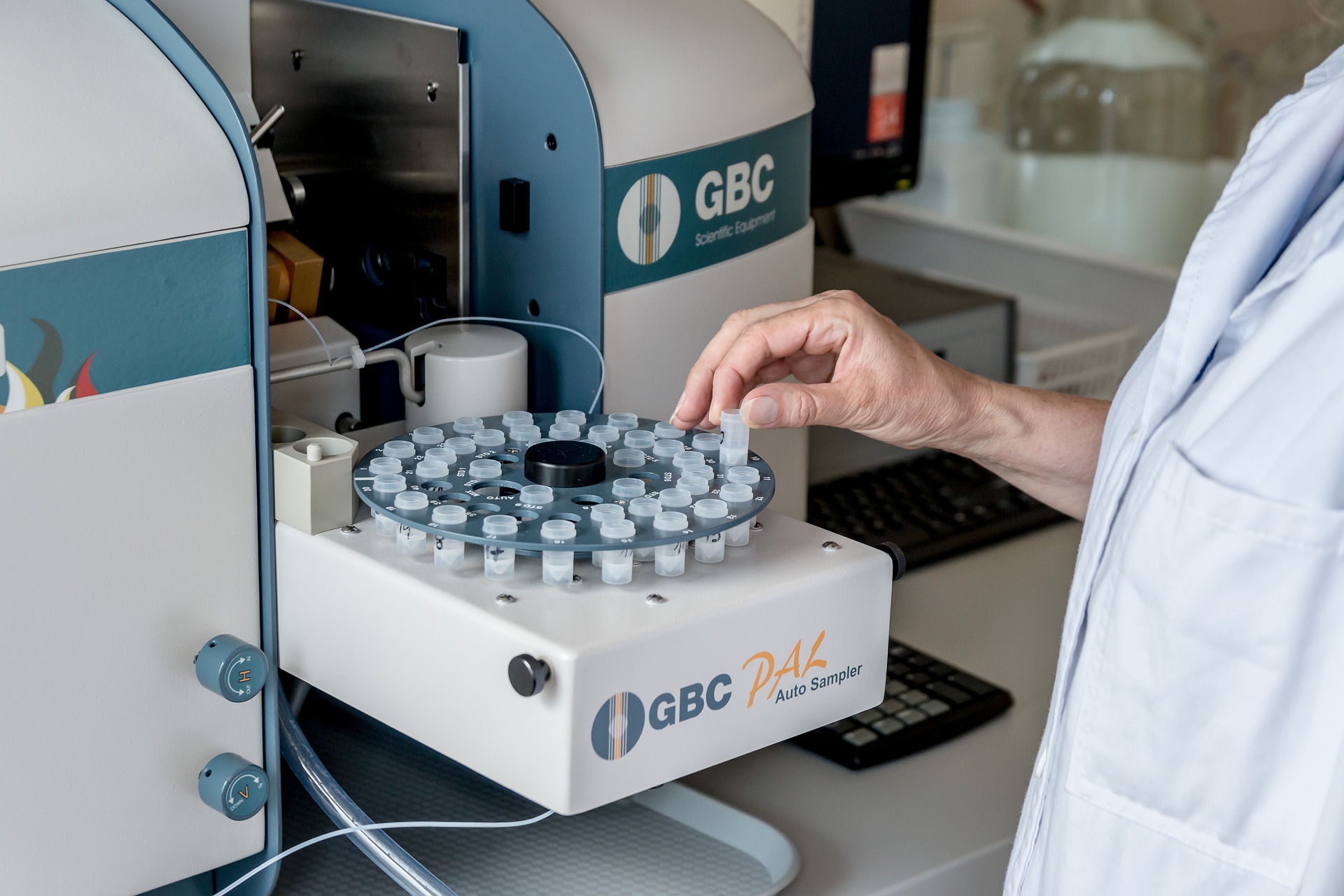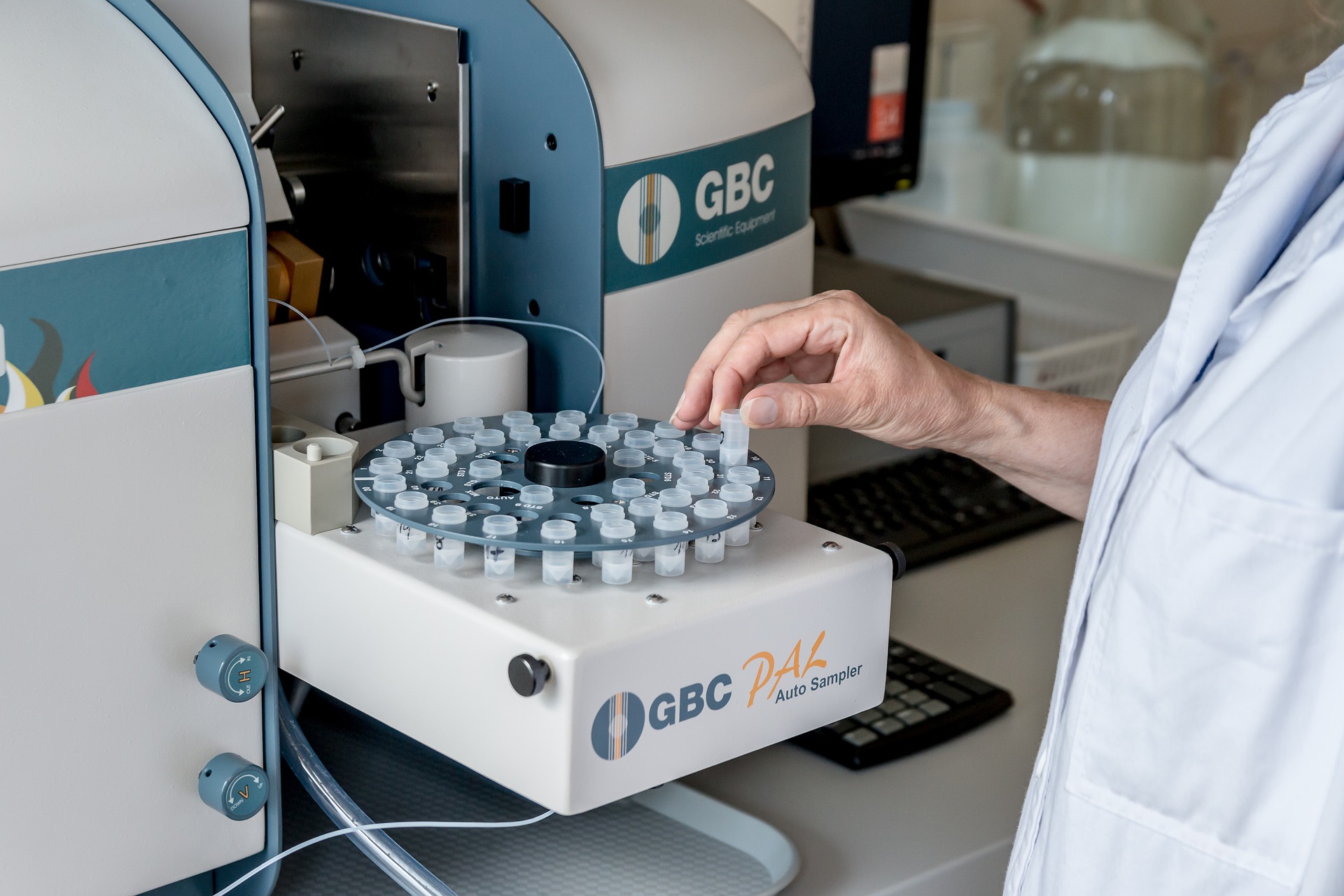
The 510(k) isn’t like many other regulatory submissions. With so many devices on the market, one submission can look very different from another depending on its type, history, and the risk factors involved.
No matter the size or scope of your development and manufacturing capabilities, it’s important to know the common pitfalls that keep 510(k)s from being cleared by the FDA.
[Read Also:] An Overview of the FDA’s 510(k) Approval Process
We’ve compiled a brief overview of six common mistakes companies make with their 510(k) submissions and how to avoid them.
1. Ignoring the device’s regulatory history
Demonstrating a lack of knowledge about your device’s history is one of the fastest ways to have your submission dismissed by regulators. After all, 510(k)s are specifically designed for devices that build on a history of previously-cleared products in the U.S.
Your 510(k) submission should explain, in detail, the regulatory history of your device including all orders and guidances that have directed its development over time.
2. Misunderstanding the goals of a 510(k)
While the 510(k) is nothing new, it bears little resemblance to its older format.
What used to be a seemingly endless list of forms and submission fees has evolved into a process that better reflects the technology of today. Still, the goal of the 510(k) is the same: Clearance for devices that are “substantially equivalent” to another previously cleared device. In other words, clearance through association.
Despite its evolution, submitting a 510(k) can still be a confusing and often frustrating process. In order to demonstrate your device is “substantially equivalent” to another, it needs to retain the same intended use and many of the same technical qualities as a device that came before it.
When characteristics differ from those of a previously cleared device, you must clearly show how those differences do not affect the safety or efficacy of the product.
3. Misunderstanding the guidance
Although referencing an FDA guidance within your submission isn’t required for clearance, doing so is highly recommended and could reflect very well on the outcome of the submission.
If you do draw parallels to existing guidances, it’s important you do so correctly. When deviating from a guidance, it’s on you to identify the relevant documents and thoroughly justify your actions accordingly.
With so many guidances on the books, simply identifying the one in question can be a challenge itself. Consult with an experienced FDA expert to ensure you’ve adequately referenced all the resources necessary.
4. Comparing the wrong predicate device
Since 510(k)s work by comparing a new device to an already-cleared product, it’s absolutely essential to find a predicate device that matches yours in characteristics and functionality.
When determining best predicate device to use for comparison, consider the following:
• The materials used to manufacture it
• The size of the device compared to yours
• The indications for use
• The level of relative sterility
• The packaging process of the device
Make sure adequate explanation is given for every difference between the two devices, even if they seem insignificant.
Note: Testing two devices side-by-side can be a tougher challenge than you might assume. Since not every 510(k) cleared device has been brought to market, and many undergo controlled distribution, obtaining samples can prove difficult.
Keep in mind that predicate devices will often come from competitors who likely won’t be thrilled to see a newcomer to the market. Be prepared to pay high costs for samples if this is the case.
5. Failing to start with validation testing
Ideally, validation testing on the device should be completed before submission, but in cases where it’s still in process, it’s important to ensure testing is actually taking place.
Don’t make promises you can’t keep within the submission. If you give yourself three months to complete testing, be prepared to share that information when regulators ask for it.
6. Glossing over FDA instructions
There are explicit instructions for submitting a 510(k), many of which can seem inconsequential at first glance such as proper document pagination.
Use the following two guidances as a reference to make sure you’ve followed the Agency’s instructions each step of the way:
• Refuse to Accept Policy for 510(k)s
• eCopy Program for Medical Device Submissions
Ensuring completeness throughout the 510(k) process
For manufacturers of all sizes, the 510(k) process can require significant time, resources and manpower from your team. If preparing these submissions seems like a daunting task, we can help.
Click here to contact The FDA Group to learn how our team of former FDA and industry experts can help you submit your 510(k) or grab our free whitepaper: The FDA Registration Process for Devices.

